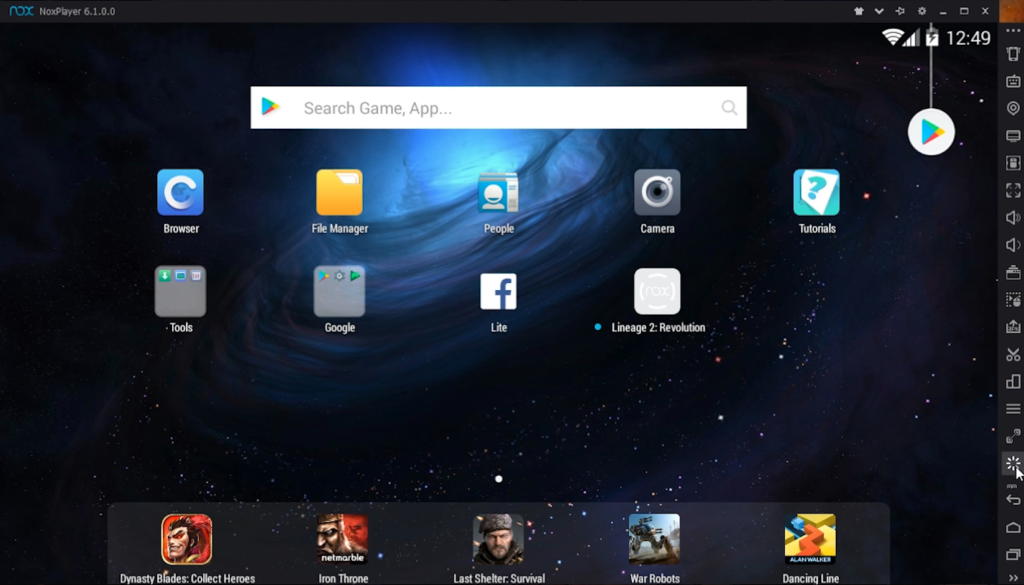

- #GET EMULATOR MAC INSTALL#
- #GET EMULATOR MAC 64 BIT#
- #GET EMULATOR MAC SKIN#
- #GET EMULATOR MAC ANDROID#
Sdkmanager -install "system-images android-23 google_apis x86" NOUGAT (7.0) API 24 Sdkmanager -install "system-images android-22 google_apis x86" MARSHMELLOW (6.0) API 23 Sdkmanager -install "system-images android-21 google_apis x86" LOLLIPOP (5.1) API 22 Sdkmanager -install "system-images android-19 google_apis x86" LOLLIPOP (5.0) API 21 Step 1 - Run the sdkmanager commands KITKAT (4.4) API 19 You can then manually run automation against various APIs for added device coverage during regression. If you run this locally, you can use the -read-only parameter to run multiple devices at the same time.Instead of using emulator NAME} to run devices, you can use the aliases if they are added.Or add these parameters to your build steps in TeamCity. Add aliases to run the emulators with parameters more easily.See: Google Documentation on Start the emulator from the command line for more info Steps We create two sets of emulators here, one set with pixel hardware emulation and one set with default oem emulation.
#GET EMULATOR MAC 64 BIT#
#GET EMULATOR MAC SKIN#
bash_profile file.Install and Create Emulators using AVDMANAGER and SDKMANAGER TL DRįor generic skin emulator with default apis (without google apis): Next, we need to open the terminal and add two export in the.

In the next screen change the AVD Name if you want and click finish. Click on it and then the Next button on the earlier screen. Once the Download is finish, the Finish button will appear. It will take sometime as the file is huge(1 GB).
#GET EMULATOR MAC ANDROID#
It will open the below screen and download Android image. Click on download for any latest android version. Then you need to choose an OS from the next screen. Once you click on +Create Virtual Device, you need to choose a device. Take any default setting for a project and then click on the Search icon on the top right corner. In the Android Studio Screen, click on Start a new Android Studio Project. Goto System Settings -> Android SDK and copy the Android SDK location, somewhere. Once the download is complete, you will see the below screen.Ĭlick on Configure and then Preferences from drop-down. On the next screen,it will start the download and will take sometime. On the next screen, select any theme and click Next. On next screen choose Standard and click on Next. Now, when you open Android Studio on your mac, it will show below screen. You need to drag Android Studio to Applications Once the dmg file is downloaded, you will get the below screen. It is 724 MB for mac, so will take sometime to download.
#GET EMULATOR MAC INSTALL#
It’s time to install the Android emulator on my laptop, so that i don’t have to check my phone every-time.įor this we have to install Android Studio 3+ first, so head over to this link or google it and download. I am using the expo-cli to create the project and using my physical Android phone for testing. For the past one month, i have been doing development in React Native.


 0 kommentar(er)
0 kommentar(er)
